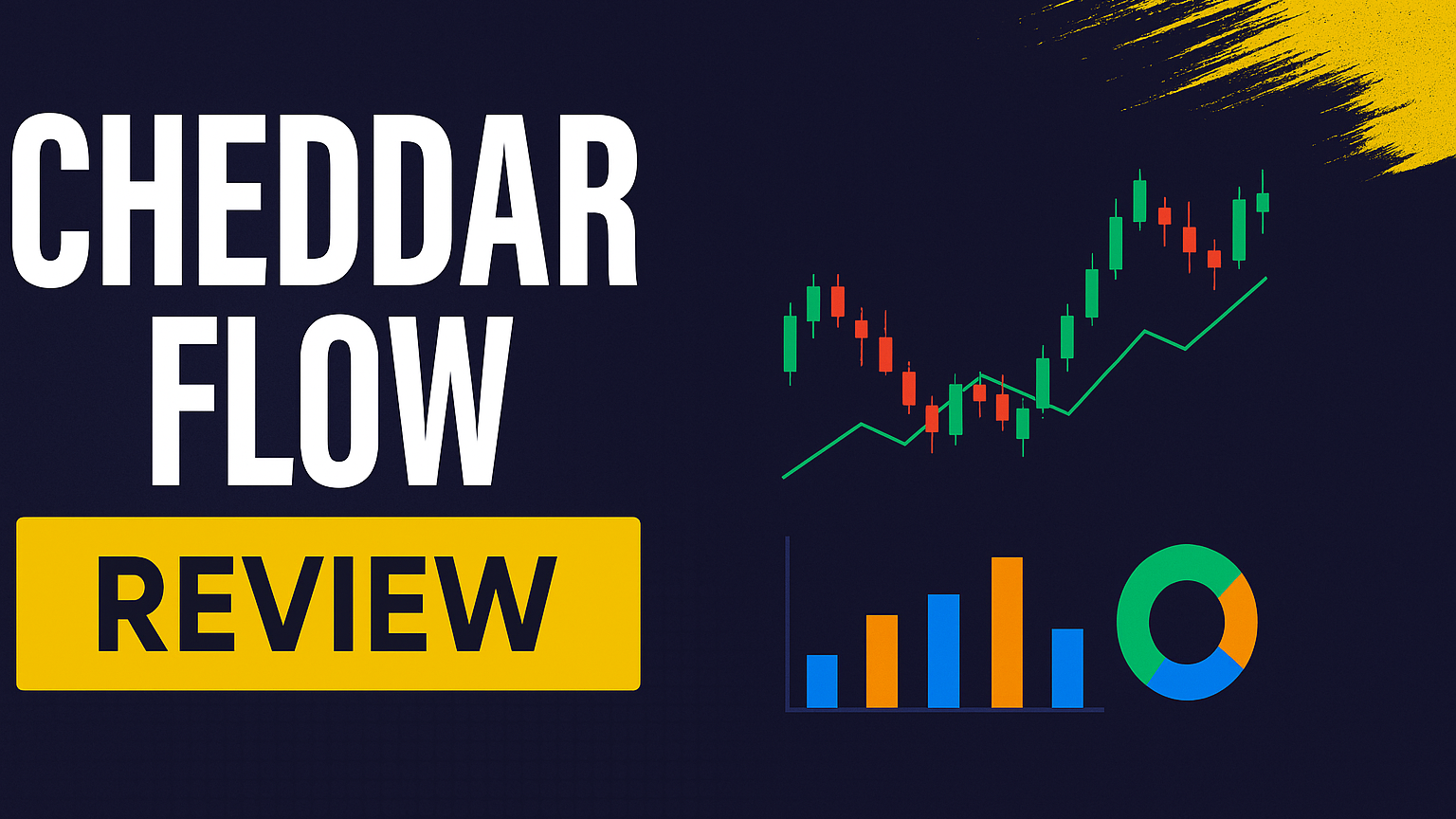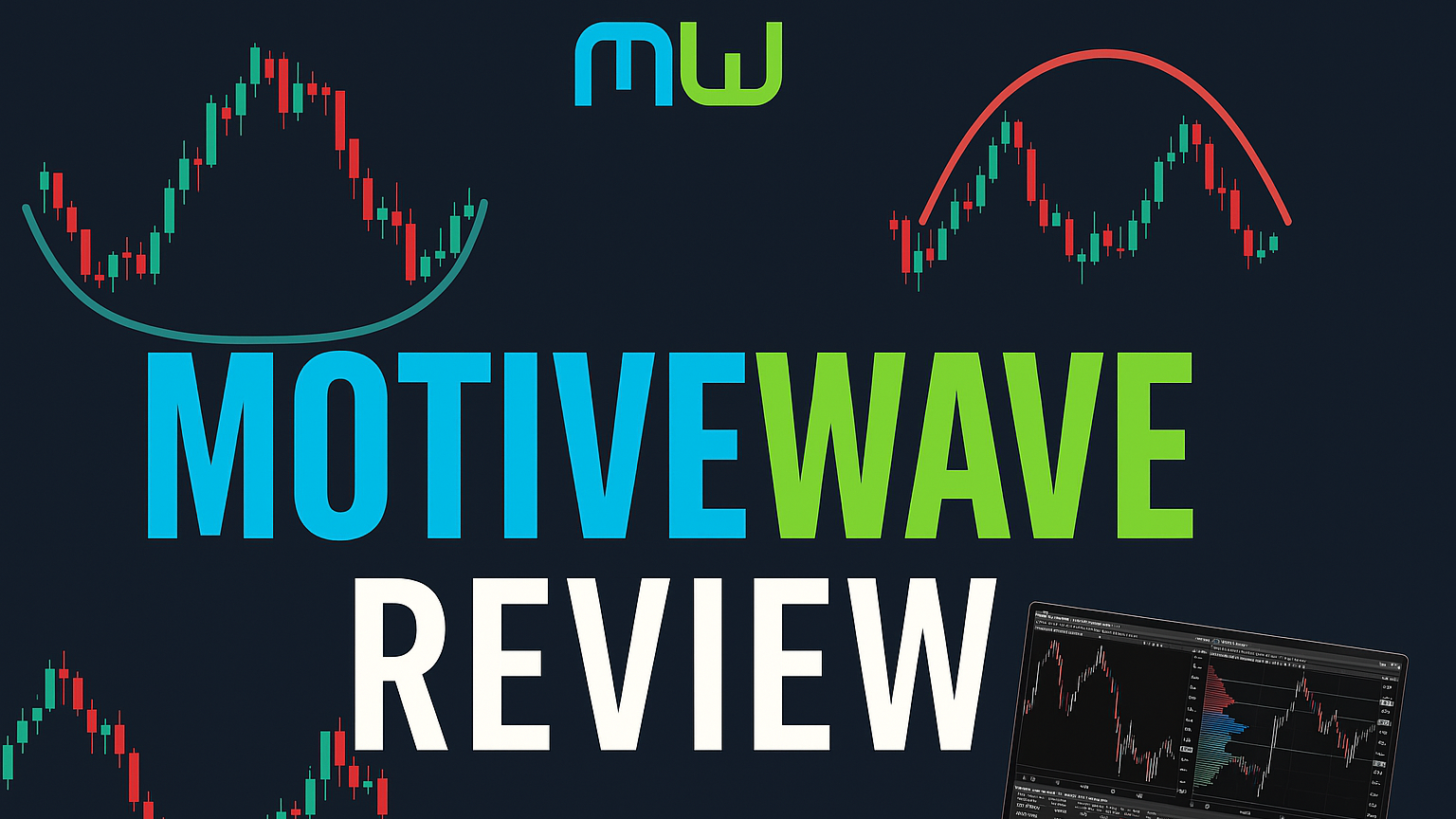Explore how Quantpedia transforms academic trading research into actionable strategies with tools for testing and portfolio management.
Quantpedia simplifies complex financial research into practical trading strategies. It connects academic studies with actionable tools to help traders - whether beginners or professionals - make informed decisions. Here's what you get:
- Strategy Database: Access 900+ premium strategies across 40+ categories (e.g., trend following, market timing, asset allocation).
- Research Simplification: Academic papers are turned into clear trading rules with performance metrics.
- Portfolio & Backtesting Tools: Test strategies, analyze risks, and validate performance before implementation.
- Platform Integration: Works with tools like QuantConnect, Zipline, and Backtrader for seamless strategy application.
Subscription Options:
| Tier | Features | Cost/Year |
|---|---|---|
| Prime | Tactical asset allocation tools | $399 |
| Premium | Full strategy database & screener | $599 |
| Pro | Advanced portfolio analysis tools | $799 |
Quantpedia is designed to make trading research easier, offering tools to find, test, and refine strategies. Perfect for traders looking to enhance their portfolios with data-driven insights.
The Encyclopedia of Algorithmic and Quantitative Trading Strategies
Strategy Database Guide
Quantpedia's strategy database compiles trading strategies from academic studies, making it easier to find and analyze them.
Strategy Categories
Quantpedia divides its database into over 40 groups. Here are some of the main categories:
| Type | Examples | Description |
|---|---|---|
| Asset Class | Equities, Bonds, FX, Commodities | Focused on specific financial instruments |
| Trading Style | Market Timing, Trend Following | Based on different trading approaches |
| Strategy Focus | Asset Allocation, Stock Picking | Defined by targeted objectives |
These categories include carefully reviewed strategies, with 10–15 new ones added each month for Premium subscribers.
Strategy Search Tools
The Quantpedia Screener is your go-to resource for finding strategies. Start with basic filters like asset class or strategy type, then narrow results with advanced options such as complexity, performance metrics, or keyword searches. Visualization tools help compare strategies and identify the best fit.
Reading Performance Data
Quantpedia provides essential performance data using these metrics:
| Metric Type | Displays | Application |
|---|---|---|
| Historical Returns | Past strategy performance | Compare against benchmarks |
| Risk Characteristics | Volatility and drawdown metrics | Assess stability |
| Factor Exposure | Links to market factors | Understand performance drivers |
Quantpedia Pro users ($799/year) gain access to advanced tools, including over 30 performance reports, 200+ charts and tables, factor regression analysis, risk scenario testing, and seasonality insights.
Each strategy includes clear trading rules and performance details, making academic research more practical and easier to apply. These metrics are crucial for designing and testing strategies in real-world markets.
Creating Trading Strategies
Quantpedia's research database provides a solid base for crafting trading strategies. Here's how you can use its insights to develop effective approaches.
Research-Based Trading
Building trading strategies often requires a structured, systematic approach, especially when grounded in academic research. With tools available through Quantpedia Prime or Premium subscriptions, you can dive deeper into advanced analysis.
Understanding key statistical measures can sharpen your strategy development. Take a look at these:
| Statistical Measure | What It Tells You | How to Use It |
|---|---|---|
| Durbin-Watson (0–4) | Values below 2 suggest positive autocorrelation; above 2 indicate negative autocorrelation | Positive autocorrelation supports trend-following strategies, while negative autocorrelation aligns with mean reversion approaches |
| Hurst Exponent | Higher values point to stronger trends, while lower values indicate mean reversion | Use higher values for trend-based strategies and lower ones for mean reversion setups |
These insights, combined with Quantpedia's strategy database, can guide you toward more effective trading decisions.
Market Condition Analysis
Market conditions play a crucial role in strategy performance. Quantpedia's research highlights an interesting pattern: days with low returns or low 21-day volatility tend to result in about 57.7% positive returns afterward. In contrast, high-return or high-volatility days show only about 53% positive returns.
Portfolio Strategy Mix
A well-rounded strategy portfolio benefits from both systematic insights and market condition analysis. To achieve this, balancing different allocation methods is key. Quantpedia Pro provides tools to help optimize your portfolio.
Here are some allocation methods to consider:
| Method | Best For | Benefit |
|---|---|---|
| Equal Weight | Simple portfolio setups | Easy to implement |
| Volatility Targeting | Managing risk effectively | Stabilizes returns |
| Equal Risk Contribution | Achieving balanced risk exposure | Improves diversification |
| Maximum Diversification | Handling correlated strategies | Boosts risk-adjusted returns |
Backtesting Guide
Quantpedia offers tools to help traders test their strategies thoroughly before putting them into action. By following strict selection criteria, Quantpedia ensures strategies are practical and reliable.
Backtesting builds on your earlier strategy development by confirming its effectiveness.
Backtest Steps
Here’s how to perform a solid backtest:
-
Data Preparation
Use high-quality historical data that accounts for splits, dividends, and corporate actions to ensure accuracy. -
Strategy Implementation
Quantpedia Pro's platform simplifies strategy testing with clear, easy-to-understand trading rules. It even lets you analyze Premium model strategies. -
Performance Validation
Compare in-sample and out-of-sample results to check the strategy's consistency. QuantConnect, integrated with Quantpedia, provides detailed equity curves and trading metrics for deeper insights.
| Testing Phase | Key Metrics to Monitor | Minimum Requirements |
|---|---|---|
| Preliminary Test | Number of Trades | At least 50 trades |
| Statistical Validation | Average Daily Volume | Over $100,000 for $10,000 positions |
| Performance Analysis | Out-of-Sample Results | Should align with research paper findings |
Let’s now focus on avoiding common backtesting mistakes.
Backtest Error Prevention
Mistakes during backtesting can lead to unreliable results. Avoid these issues by sticking to these best practices:
-
Statistical Significance
Make sure your test generates at least 50 trades. Check the top trades for outliers and use Quantpedia's statistical tools to confirm performance. -
Bias Prevention
- Include delisted companies in your data to address survivorship bias.
- Avoid look-ahead bias by only using historical data that was available at the time.
- Apply volume filters to exclude illiquid stocks.
buy = buy and sma(volume, 10) * close > 100000; -
Cost Considerations
Don’t forget to account for broker commissions, slippage, and other fees when evaluating performance.
Using Quantpedia with Other Tools

Quantpedia works seamlessly with top trading platforms, making it easier to apply and test strategies based on thorough research.
Platform Integration
Quantpedia integrates with platforms like QuantConnect, which has supported direct implementation and multi-asset backtesting since July 2018.
"The combination of Quantpedia's quantitative trading research and the implementation of the algorithms on QuantConnect will enable quants to explore new trading strategy ideas." - Jared Broad, QuantConnect CEO & Founder
Here’s a quick look at some platforms in Quantpedia's ecosystem:
| Platform | Integration Type | Key Features |
|---|---|---|
| QuantConnect | Direct API Integration | Over 25 pre-built strategies, live data testing |
| Zipline | Python Framework | Open-source backtesting tools |
| Backtrader | Custom Implementation | Python-based strategy deployment |
| QuantRocket | Professional Platform | Multi-market testing environment |
These integrations make it simpler to refine and test your strategies using Quantpedia's tools.
Strategy Improvement Tips
By combining Quantpedia's research tools with these platforms, traders can optimize their strategies effectively:
Refining Strategies with Research
- Test performance using out-of-sample data.
- Compare your results with findings from peer-reviewed studies.
Enhancing Portfolios with Quantpedia Pro
- Experiment with various portfolio combinations.
- Evaluate how strategies interact and assess risk metrics under different market conditions.
Implementation Tips
- Define clear trading rules before starting.
- Use platform screeners to select strategies that fit your goals.
- Leverage charting tools for deeper analysis.
- Test strategies across multiple asset classes for broader insights.
Summary
Quantpedia simplifies academic research into practical trading strategies, offering tools and resources tailored for everyone from solo traders to institutional investors.
Igor Vilcek, Chief Investment Officer at VUB Generali, describes it as:
"A very useful tool for quantitative portfolio managers to get new ideas for tactical asset allocation strategies"
With Quantpedia Pro, users gain access to over 200 charts and tables across 40+ quantitative reports, making it easier to analyze and refine strategies.
Here’s a quick breakdown of the subscription tiers:
| Feature Comparison | Prime (Tactical Asset Allocation, Market Timing & Seasonality) | Premium (900+ Strategies + Screener) | Pro (All Premium + Advanced Portfolio Analysis) |
|---|---|---|---|
| Annual Cost | $399 | $599 | $799 |
| Target Users | Tactical Traders | Strategy Developers | Professional Portfolio Managers |







